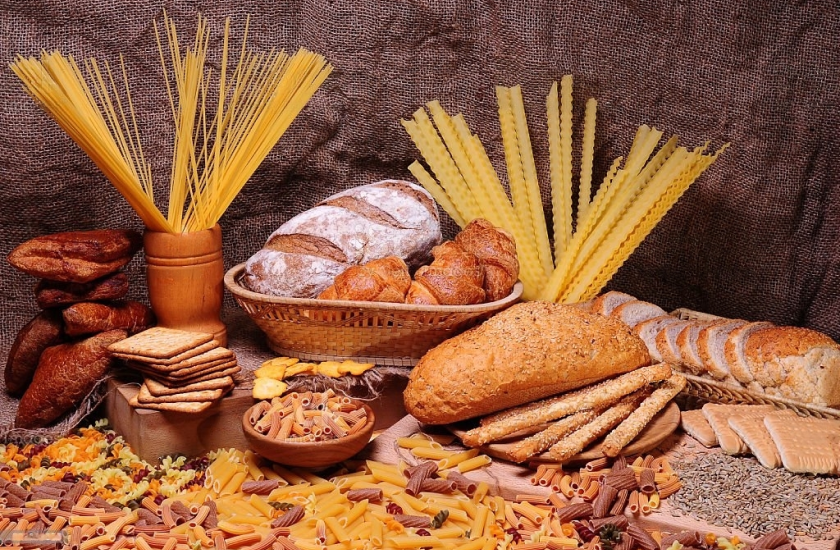Wheat
-
Wheat
Wheat
-
Corn
Corn
-
Rice
Rice
-
Soybeans
Soybeans
-
Barley
Barley
-
Sorghum
Sorghum
-
Oats
Oats
-
Millet
Millet
Our Brochures
Contact Us
Social Media


- Wheat is one of the world’s most widely cultivated cereal grains and a staple food for a large portion of the global population.
- It is an annual grass plant that produces cereal grains or kernels, which are commonly ground into flour for various food products.
- Wheat comes in several varieties, including hard wheat, soft wheat, and durum wheat, each with different uses.
Wheat Crop characteristics
- Height: Wheat plants typically range from 2 to 4 feet in height, depending on the variety and growing conditions.
- Leaves: Wheat has long, narrow leaves that alternate along the stem.
- Flowers: The wheat plant produces small, inconspicuous flowers in clusters at the top of the stem.
- Seeds (Grains): The edible part of the wheat plant is the seed or grain, commonly referred to as a wheat kernel. Each kernel is composed of three parts: the bran, the endosperm, and the germ.
Varieties
- Hard Wheat: This type of wheat has a higher protein content and is used primarily for making bread and other baked goods due to its strong gluten content.
- Soft Wheat: Soft wheat has less protein and less gluten than hard wheat. It is typically used for making pastries, cakes, and cookies.
- Durum Wheat: Durum wheat has a high protein content and is used mainly for making pasta products.
Wheat Nutritional Composition (per 100 grams )
- Calories: Approximately 339 kcal
- Carbohydrates: About 71.2 grams
- Dietary Fiber: Approximately 12.2 grams
- Protein: Approximately 12.6 grams
- Fat: About 2.5 grams
- Vitamins: Wheat is a good source of B vitamins, including thiamin (B1), riboflavin (B2), niacin (B3), and folate (B9).
- Minerals: It contains minerals like manganese, phosphorus, magnesium, and iron.
Common Use
- Flour: Wheat is primarily milled into flour, which is used for making bread, pasta, pastries, cakes, and a wide variety of baked goods.
- Breakfast Cereals: Wheat is used in the production of breakfast cereals such as wheat flakes and bran.
- Animal Feed: Wheat is also used as an important component in animal feed for livestock.
- Industrial Uses: Wheat straw and bran have industrial applications, including paper production and biofuels.
Wheat Is Cultivated In
- China: China is the world’s largest wheat producer and cultivates various types of wheat primarily used for human and animal consumption.
- India: India is another major wheat producer and has a significant domestic demand for this cereal.
- Russia: Russia is an important wheat producer and has increased its production in recent decades.
- United States: The United States is one of the leading wheat producers in North America, with varieties including hard and soft wheat.
- France: France is a significant wheat producer in Europe and is known for its high-quality wheat used in baking and pastry.
- Canada: Canada is another key wheat producer in North America, producing various high-quality wheat varieties for export.
- Pakistan: Pakistan is a major wheat producer in Asia and uses wheat for both human and animal consumption.
- Argentina: Argentina is one of the primary wheat producers in South America and exports a significant portion of its production.
- Australia: Australia cultivates wheat in various regions and is renowned for its high-quality wheat.
- Kazakhstan: Kazakhstan is one of the leading wheat producers in Central Asia and Eastern Europe. These are just a few examples, and wheat is grown in many other regions of the world. Its versatility and ability to adapt to different climates and soils make it a widely cultivated crop and essential for global food security.
